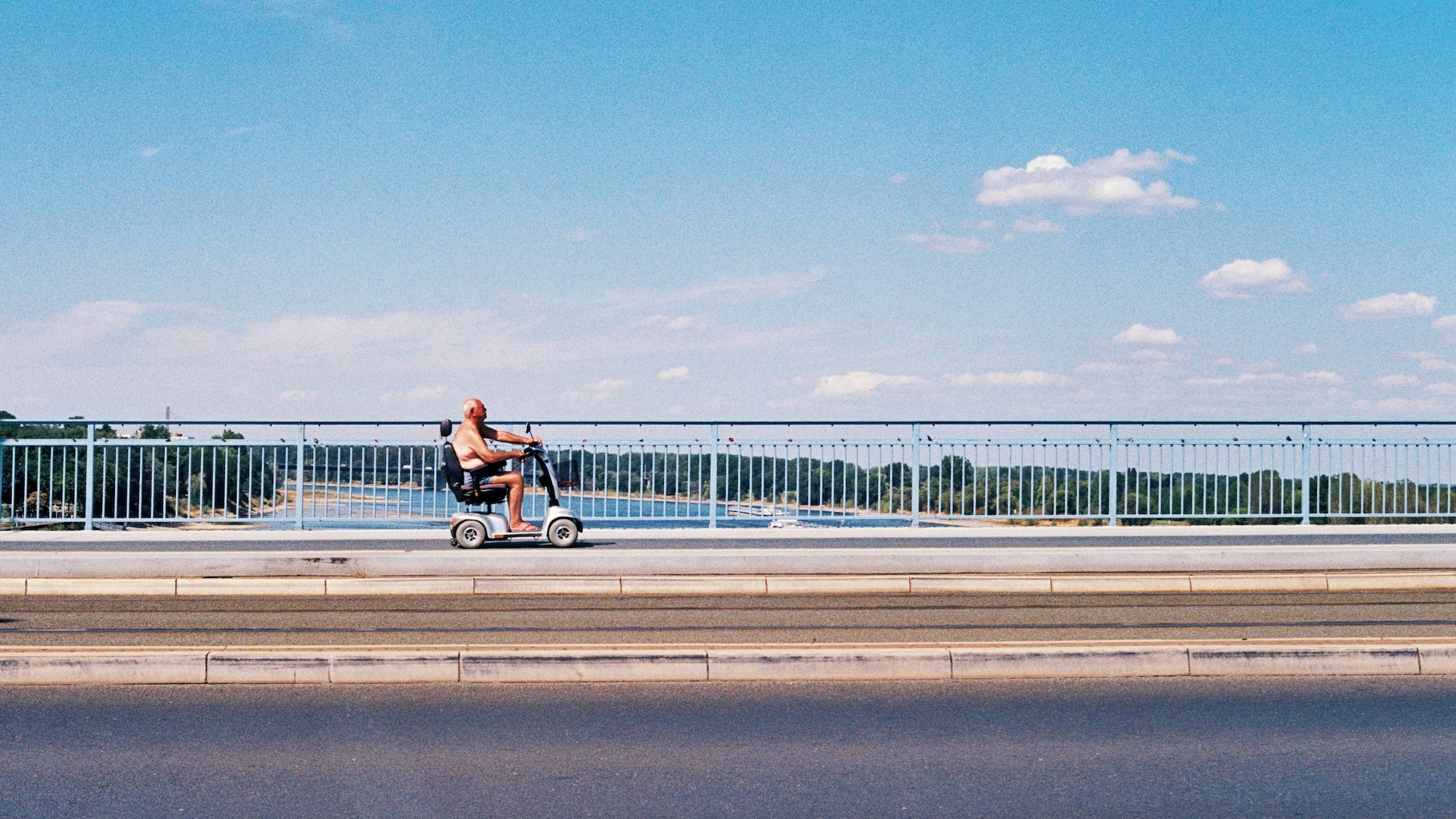By the end of the century, France could experience a average temperature increase of 4 °C, according to simulations based on the Reference Warming Trajectory for Climate Change Adaptation (TRACC). This is an effect of global warming that impacts the entire country, although some regions appear more exposed to this rise in temperatures than others. Le Figaro has created a ranking of the ten cities where heatwaves will become the most intense and frequent by 2100. There’s a tiny silver lining: Paris, where temperatures are predicted to be similar to those in Montpellier, is not on the list.
```html nverted-space">```See this post on Instagram
The South at the Frontlines of Climate Change
Not surprisingly, the south of France has the majority of cities most affected. Leading the list, Aix-en-Provence is expected to see a summer increase of +4.8 °C by 2100. On top of that, there will be an average annual increase of +...3.6 °C and close to 28 days per year above 35 °C. Already used to hot summers, the city could soon experience two to three times more heat wave days than it does today, with major impacts on health, water, and local urban planning. Following closely is Albi, which will roughly have the same temperatures with 21.4 days over 35 °C, then Alès, with about 30 days of heat each year. Castres and Montélimar round out this unfortunate top 5, while Toulouse comes in at 7th, preceded by Saint-Étienne.
Voir cette publication sur Instagram
Medium-sized cities on the brink of overheating
Another notable point in this ranking is that most of the cities mentioned are medium-sized. Castres (4th), Montauban (9th), Montélimar (5th), and Alès (3rd) don’t always have the same infrastructure as the big metropolises – Toulouse, Aix, Annecy (10th) – to cope with extreme weather conditions. Many of them are crossed by a river or a stream – the Tarn, the Loire, the Gardon... – which exposes them to a double challenge: the rise in temperatures and the risk of water stress, with rivers running dry in the summer, a threatened biodiversity, and potential conflicts over water. In this context, the ecological transition and the adapting hydraulic and urban infrastructures are key tools at the local level to mitigate the effects of climate change.
Nous sommes en juin et au printemps ? 🥵
— Gaël Derive (@gaelderive) June 19, 2025
👉"Les étés futurs seront + chauds que tous ceux connus jusqu’à aujourd’hui. Dans une France +4°C d'ici 2100, t°C > 40°C pourraient se produire tous les ans, et des pics atteindre jusqu’à 50 °C localement"#chaleur #urgenceclimatique pic.twitter.com/Gha8Xdvc2X
